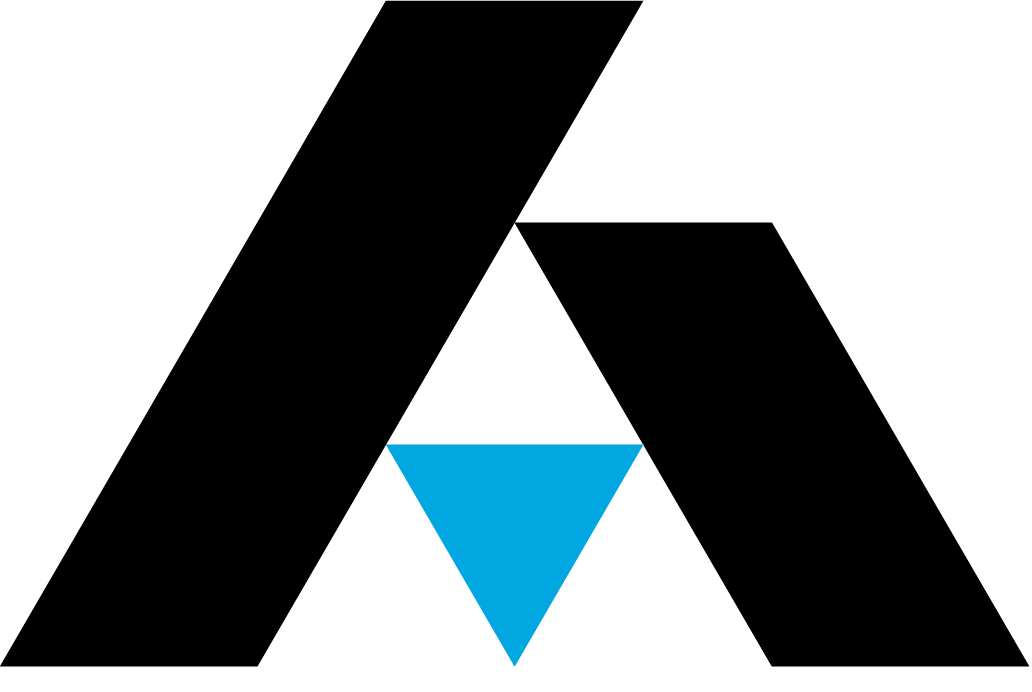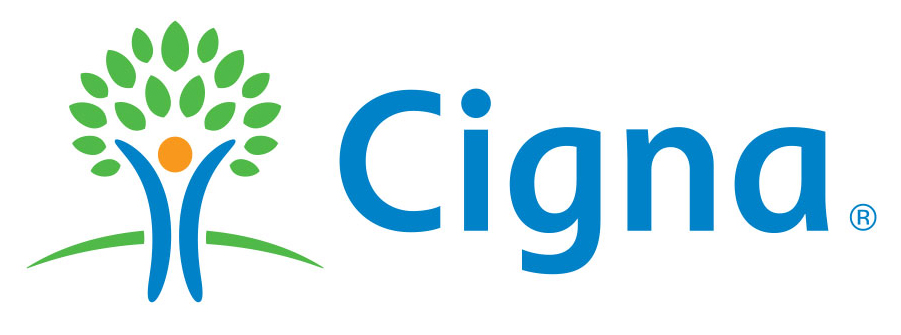News
The Latest Carrier Updates, Legal Alerts, Industry News and more.
Blue Shield's New Pharmacy Model, IRS Affordability Percentage Adjustment, Humana's Unlimited Dental Plan, Updates, News & More
Thursday, August 31 2023

Carrier Updates
Now is a great time to sell Humana’s unlimited dental plan, which helps employees get oral healthcare when and where they need it. Humana’s unlimited dental plan simplifies client’s dental program by eliminating maximum limitations and offering unlimited coverage with coinsurance for preventive basic and major services. Unlimited annual maximum advantages: Immediate - Employees don’t need to delay dental care Simple - Replaces the need for complex benefit programs like rollover and not applying preventive services to an annual maximum Competitive - Great option to plans that offer annual maximums in excess of $2,000 or have dual choice options Available - In all Traditional Preferred (Plus) and PPO plan groups of two or more Contact you Dickerson Sales Rep for Help Quoting Humana Today!

Carrier Updates
OAKLAND, Calif. (August 17, 2023) – Blue Shield of California announced a new pharmacy care model that is designed to fix problems in today’s broken prescription drug system. The nonprofit health plan is transforming how medications are purchased and supplied to its 4.8 million members by selecting organizations that share Blue Shield’s vision for more affordable and transparent pharmacy services. Today’s announcement is a major milestone in Blue Shield’s Pharmacy Care Reimagined initiative, which will help provide its members with convenient, transparent access to medications while lowering costs. Once Blue Shield’s multi-year strategy is fully implemented, the health plan expects to save up to $500 million in annual drug costs. Most American adults take at least one prescription drug annually, with more than a third of adults taking at least three medications per year. Already a significant cost, total prescription drug spend in the United States is consistently rising. In 2021 , the American healthcare system spent more than $600 billion on prescription drugs – about $1,500 per person, per year. The current pharmacy care system rewards some stakeholders for selling more drugs at higher costs. Blue Shield is seeking to transform the system into a value-based model that provides members with the medications they need at a more affordable cost. “The current pharmacy system is extremely expensive, enormously complex, completely opaque, and designed to maximize the profit of participants instead of the quality, convenience and cost-effectiveness for consumers,” said Paul Markovich, president and CEO of Blue Shield of California. “That is why we are working with like-minded partners to create a completely new, more transparent system that gets the right drugs to the right people at the right time at a substantially lower cost." Click Here to read more

Compliance News
This alert is of interest to all applicable large employers (ALEs) – generally, those with at least 50 full-time equivalent employees. The Internal Revenue Service (IRS) has released Rev. Proc. 2023-29 , which contains the inflation adjusted amounts for 2024 used to determine whether employer-sponsored coverage is “affordable” for purposes of the Affordable Care Act’s (ACA) employer shared responsibility provisions and premium tax credit program. As shown in the table below, for plan years beginning in 2024, the affordability percentage for employer mandate purposes is indexed to 8.39%. This is a significant decrease from 2023 and the lowest affordability threshold since the Affordable Care Act was implemented. Employer shared responsibility payments are also indexed. Code Section 4980H(a) 4980H(b) 36B(b)(3)(A)(i) Description Coverage not offered to 95% of (or all but 5) full-time employees. Coverage offered, but unaffordable or is not minimum value. Premium credits and affordability safe harbors. 2024 $2,970 $4,460 8.39% 2023 $2,880 $4,320 9.12% 2022 $2,750 $4,120 9.61% 2021 $2,700 $4,060 9.83% 2020 $2,570 $3,860 9.78% 2019 $2,500 $3,750 9.86% 2018 $2,320 $3,480 9.56% 2017 $2,260 $3,390 9.69% 2016 $2,160 $3,240 9.66% 2015 $2,080 $3,120 9.56% 2014* $2,000 $3,000 9.50% *No employer shared responsibility penalties were assessed for 2014. Under the ACA, applicable large employers (ALEs) must offer affordable health insurance coverage to full-time employees. If the ALE does not offer affordable coverage, it may be subject to an employer shared responsibility payment. An ALE is an employer that employed 50 or more full-time equivalent employees on average in the prior calendar year. Coverage is considered affordable if the employee’s required contribution for self-only coverage on the employer’s lowest-cost, minimum value plan does not exceed 8.39% of the employee’s household income in 2024 (prior years shown above). An ALE may rely on one or more safe harbors in determining if coverage is affordable: W-2, Rate of Pay, and Federal Poverty Level. If the employer’s coverage is not affordable under one of the safe harbors and a full-time employee is approved for a premium tax credit for marketplace coverage, the employer may be subject to an employer shared responsibility payment. Since 2019, the individual mandate penalty imposed on individual taxpayers for failure to have qualifying health coverage was reduced to $0 under the Tax Cuts and Jobs Act, effectively repealing the federal individual mandate. A previous lawsuit challenging the constitutionality of the ACA due to this change to the individual mandate penalty was unsuccessful. The employer mandate has not been repealed and the IRS continues to enforce it through Letter 226J. The IRS is currently enforcing employer shared responsibility payments for tax years 2020 and 2021. Next Steps for Employers This is a significant adjustment in the affordability threshold. Applicable large employers should be aware of the updated, reduced affordability percentage for plan years beginning in 2024 and should consider it along with all other relevant factors when setting contributions. About the Author. This alert was prepared for Alera Group by Barrow Weatherhead Lent LLP, a national law firm with recognized experts on the Affordable Care Act. Contact Stacy Barrow or Nicole Quinn-Gato at sbarrow@marbarlaw.com or nquinngato@marbarlaw.com. The information provided in this alert is not, is not intended to be, and shall not be construed to be, either the provision of legal advice or an offer to provide legal services, nor does it necessarily reflect the opinions of the agency, our lawyers, or our clients. This is not legal advice. No client-lawyer relationship between you and our lawyers is or may be created by your use of this information. Rather, the content is intended as a general overview of the subject matter covered. This agency and Barrow Weatherhead Lent LLP are not obligated to provide updates on the information presented herein. Those reading this alert are encouraged to seek direct counsel on legal questions. © 2023 Barrow Weatherhead Lent LLP. All Rights Reserved. Click Here to read the full alert

Carrier Updates
(Aug 24, 2023) Cigna Healthcare, the health benefits provider of The Cigna Group (NYSE: CI), announced the removal of nearly 25 percent of medical services from prior authorization (or precertification) requirements. With the removal of these more than 600 additional codes, the company has now removed prior authorization on more than 1,100 medical services since 2020, with the goal of simplifying the health care experience for both customers and clinicians. "Our goal is to help keep patients safe, improve health outcomes, and make care more affordable, and this important step will enable us to do that while removing administrative burdens on the health care system," said David Brailer, MD, executive vice president and Chief Health Officer, The Cigna Group. "We've listened attentively to our clinician partners and are deliberately making these changes as a result. We will continue to hold ourselves accountable for this important work and look forward to building on this momentum in the future." Prior authorization, or precertification, is a review that helps protect patient safety and improve affordability by increasing adherence to evidence-based standards of care. With this update, prior authorization now applies to less than four percent of medical services for most Cigna Healthcare customers, and the company continues to streamline its use to optimize care delivery. Cigna Healthcare will also remove prior authorization for nearly 500 additional codes for Medicare Advantage plans later this year. "Prior authorizations are an important step to ensure patient safety and affordability, but clinicians and health plans alike agree that more can be done to reduce the administrative burden on clinicians," said Scott Josephs, MD, Chief Medical Officer, Cigna Healthcare. "We will continue to engage with clinicians to align on care delivery goals and outcomes and evaluate whether there are other changes we can make without compromising patient safety. We will also drive continued success with value-based care." Click Here to read the full release

Compliance News
As multiple states continue to undertake efforts to erode ERISA’s preemption powers, the U.S. 10th Circuit Court of Appeals recently ruled against a state law that was intended to regulate Pharmacy Benefit Managers (“PBMs”). A full link to this decision, PCMA v. Mulready , can be found here. In 2019, Oklahoma enacted a PBM law that (1) eliminated mail-order only networks, including specialty networks; (2) required inclusion of “any willing pharmacy” into a plan’s preferred network; (3) prohibited use of cost-sharing discounts to incentivize use of particular pharmacies; and (4) prohibited the termination of a pharmacy’s contract based on whether one of its pharmacists is on probation with the State Board of Pharmacy. SIIA, along with other employer and labor groups, argued in an Amicus Brief that Oklahoma’s law impermissibly restricted a self-insured plan sponsor’s ability to develop provider networks and other value-based plan designs intended to lower costs. As such, this Oklahoma law directly impacted a self-insured health plan’s design and network, something that the U.S. Supreme Court has consistently found is preempted under ERISA. The 10th Circuit Court of Appeals agreed, overturning a lower court decision, and finding that Oklahoma’s law indeed had a “direct” impact on self-insured plans by binding plan sponsors to a particular choice concerning the substance of plan benefits and requiring plan sponsors to structure benefit plans in particular ways. Defenders of the Oklahoma law relied on the Supreme Court’s decision in Rutledge v. PCMA, a ruling handed down in 2020 that allowed states to pass a law regulating the price at which PBMs reimburse pharmacies for the cost of drugs covered by a self-insured plan. The Rutledge Court ruled that this state law was not preempted by ERISA because the law had an “indirect” impact on a self-insured plan by merely impacting “the cost” of plan administration. Unfortunately, the Rutledge decision has created a considerable amount of uncertainty over ERISA’s preemption powers, resulting in the introduction of a number of state laws mandating specific prescription drug designs and networks for self-insured plans, all under the guise that Rutledge permits this type of state law. However, the recent 10th Circuit ruling is an important path in SIIA’s ongoing advocacy against these state proposals. In those states where a similar law has already been enacted, the 10th Circuit’s ruling should serve as another important precedent that this type of law is preempted by ERISA.